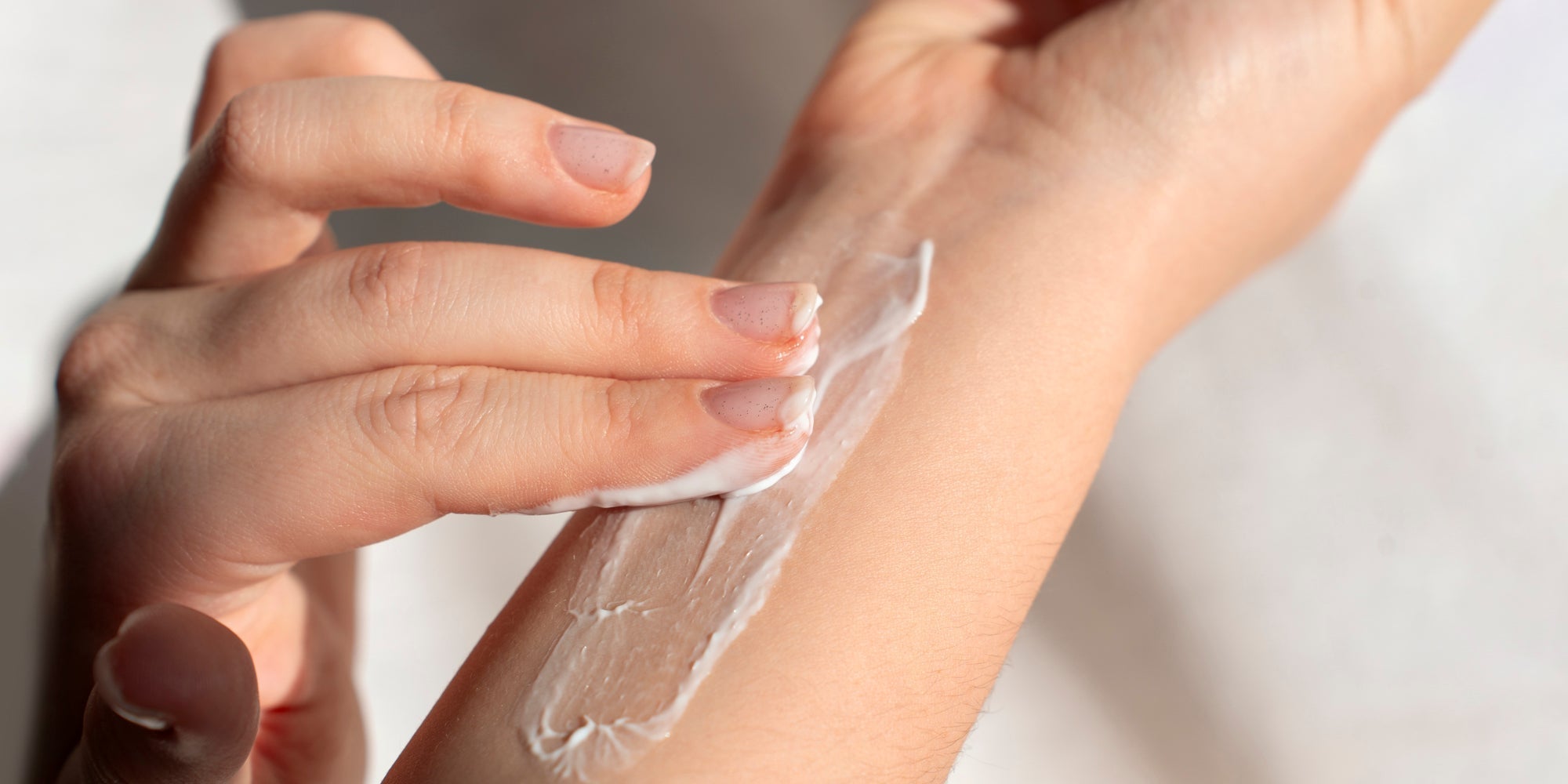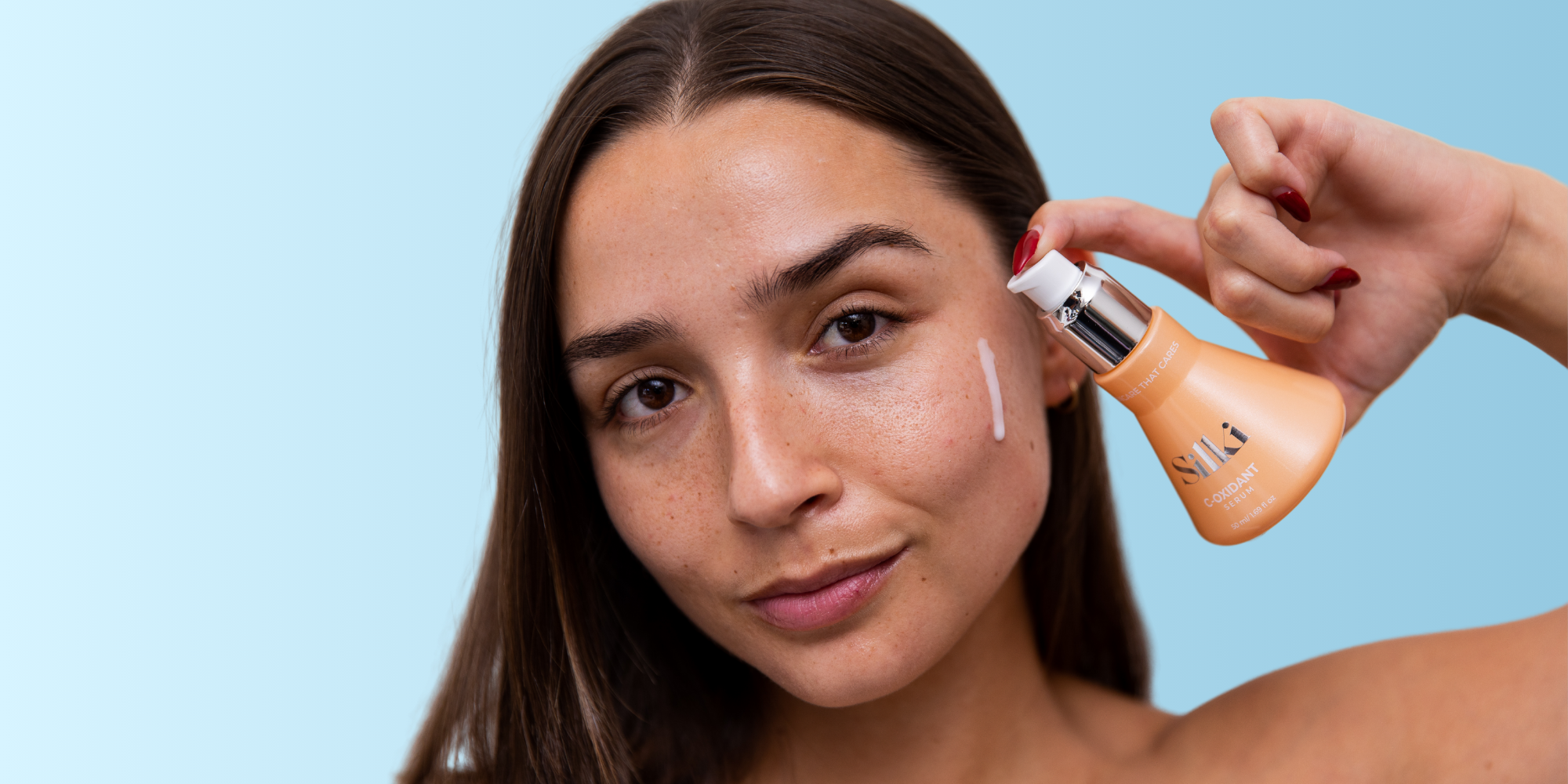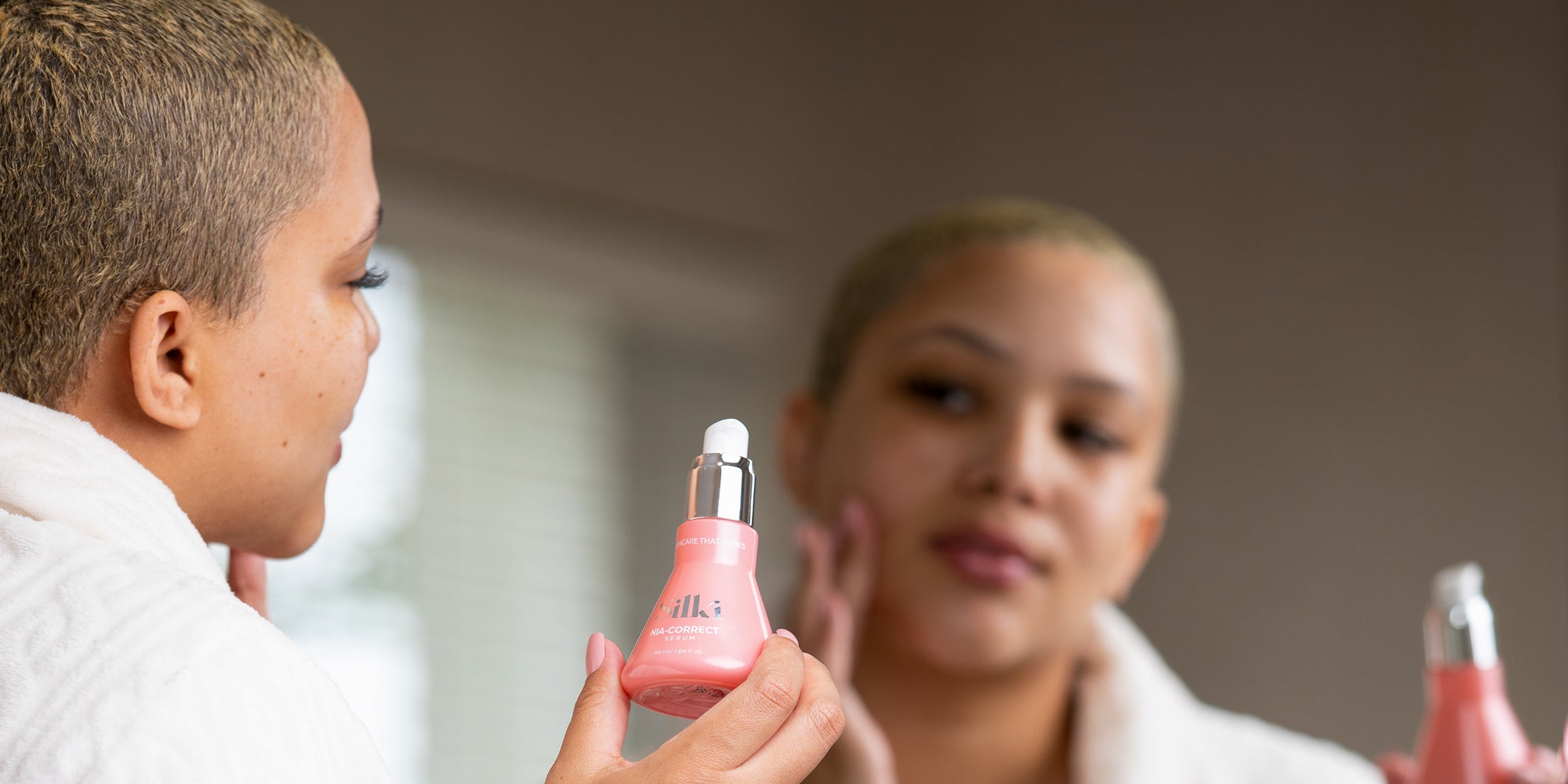
Why You Should Always Patch Test New Skincare Products
Trying out a new skincare product is always exciting - whether it's a highly recommended serum, a trendy moisturiser or a promising acne treatment. But before slathering it all over your face, there’s one crucial step you shouldn’t skip: the patch test.
What Is a Patch Test?
A patch test is a simple way to check how your skin will react to a new product before using it fully. It involves applying a small amount of the product to a discreet area (like behind your ear or on your inner forearm) and waiting to see if any irritation, redness or breakouts occur.
Why Is Patch Testing Important?
-
Prevents Allergic Reactions
Even if a product is labelled “Hypoallergenic” or “Dermatologist Tested,” your skin may still react to certain ingredients. Patch testing helps you avoid a full-face reaction. -
Avoids Skin Irritation
Some skincare products contain active ingredients like retinol, acids, or essential oils that can be too harsh for certain skin types. Testing first can save you from unexpected irritation. -
Protects Against Breakouts
If your skin is acne-prone, new ingredients might clog pores or trigger breakouts. A patch test helps determine if a product is compatible with your skin. -
Identifies Sensitivities Over Time
Some reactions don’t happen immediately. A patch test for 24-48 hours can reveal delayed irritation, helping you make a safer decision.
How to Properly Patch Test a Skincare Product
-
Choose a Test Spot – The inner forearm, behind the ear or along the jawline are good areas.
-
Apply a Small Amount – Use a pea-sized amount and leave it on as instructed.
-
Wait 24-48 Hours – Monitor for redness, itching, swelling or breakouts.
-
Check the Results – If there’s no reaction, it’s likely safe to use. If irritation occurs, discontinue use immediately.
Final Thoughts
Patch testing might seem like an extra step, but it can save your skin from a lot of trouble. Whether you have sensitive skin or not, it’s always better to be safe than sorry. A little patience now can prevent a major skin disaster later!


